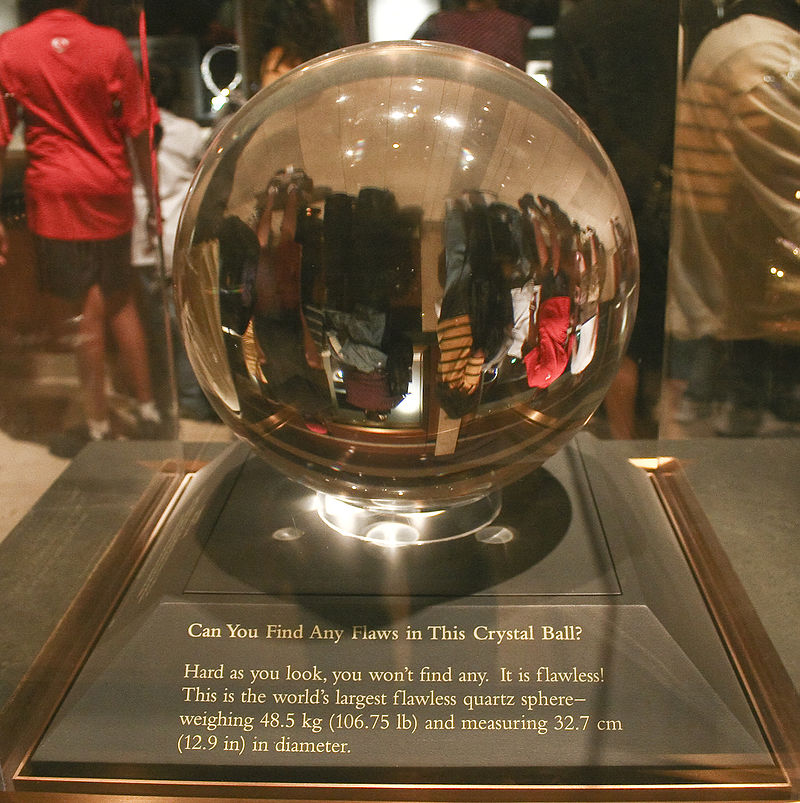As we slide towards the New Year, thoughts turn to reflection … and prediction.
We’d all like to be able to predict the future, whether it’s to make money or save ourselves some grief. One field of Big Data is predictive analytics, which uses data, statistics, algorithms and machine-learning tools to attempt to foretell future events based on past performance. A great example of predictive analytics is the various models used to forecast hurricane or typhoon paths. In business, predictive analytics provide insight to fraud detection/prevention, market opportunity, inventory optimization, and risk assessment. Credit scores are predictive analytics.
What do you wish you could predict?
The Next iPhone
When the first iPhone model hit the streets, it was a true game changer. The fundamental paradigm shift in which the technology changed from a cordless, portable phone to social connectivity, information and entertainment platform forever redirected the vector. The years since that quantum leap have seen tremendous innovation, so anticipating user technology interface and demand seems as crazy as predicting stock boom or bust. Yes, there are trends and tips and tricks, but just as past performance doesn’t guarantee future results, what products and services will serve or wow the consumer or society is a daunting task. A 2007 Ted Talk about cell phone usage sounds like it would be pretty dated, right?
Not So Fast
Jan Chipchase, self proscribed “user anthropologist”, shares his insights from research studying what people carry. The results are quite timeless. His observations are entertaining and precient points that we overlook because we’ve become so comfortable with mobile technology.
It’s about what we possess versus what we carry versus what we actually use. The Why of what we carry hasn’t changed much from cavemen; it’s still survival, although meeting the basic needs of Maslow’s hierarchy has changed over the evolution of man.
Connections & Consequences
Jan Chipchase has four conclusions for designing for the future “when everyone on the planet has the ability to transcend space and time.”
If you want a big idea, you need to embrace everyone on the planet. – Jan Chipchase
Immediacy of Ideas – the speed of sending or sharing ideas is changing. Velocity is one of the fundamental pillars of Big Data. The users and creators with the ability to understand and utilize this speed will hold the advantage.
Immediacy of Objects – as identity embeds into the smallness of a mobile phone, the speed of adoption will increase beyond comprehension (today.) We will have resources available to us at ever increasing speed, which has consequences.
Innovation – whatever industry creates, the “street” will utilize and recreate in ways we can’t predict. His example is reverse engineering of cell phone technology. Despite industries resources, the “street” can do it better than us.This is the counter realization to an adage that people will know what technology they want when industry gives it to them. Technology development isn’t just in research facilities.
Direction of the conversation – with the immediacy of ideas & objects combined with innovation, the ability to listen is what new thinking is all about. Those that better learn how to listen will have the advantage.
Enjoy!!

